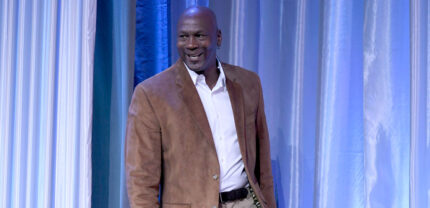By Suzanne Woolley
For all the talk of wage inflation, many Americans say their salaries aren’t keeping up with prices.

In February, 73% of “lower earners,” defined as those with household income of less than $25,000 annually, said they’d felt the impact of inflation recently, but only 9% said their wages had kept up with the cost of living, according to a report from the Capital One Insights Center. Across all income levels, just 18% of consumers said their wages were keeping pace with the higher cost of living.
That struggle is reflected in Labor Department data reported Thursday, which showed that inflation-adjusted average weekly earnings fell 2.3% in February from a year earlier.
Those with household incomes of $100,000 or more were better able to cope with inflation that hit a fresh 40-year high of 7.9% last month. Higher earners were about three times as likely to say their wages had kept pace with inflation, at 31%, said Melissa Bearden, head of consumer intelligence for Capital One. While 30% of higher earners said they got a non-performance-based raise or bonus over the past three months, just 10% of lower earners said that.
Financial pressures are felt most acutely by lower earners, but some consumers at higher income levels also report feeling a crunch. “Higher earners are struggling to pay all their bills at more than twice the rate they were earlier in the pandemic,” the survey said, with that percentage jumping from 10% in April 2020 to 22% last month. Capital One’s data came from a series of nationally representative surveys taken since April of 2020 that reached from 2,000 to 10,000 people.
Many Americans hope tax refunds will help ease the financial stress. More than half of lower earners (57%) expecting a tax refund said it would be “very or moderately important to their overall financial health this year.” Almost half of middle earners felt that way.
Other highlights from the survey:
- Most people (62%) said inflation had affected their spending. Thirty-eight percent of consumers said they tried to spend less by cutting non-essential spending and canceling or putting off trips, and 42% said they either saved less, tapped into savings, borrowed money or took out a loan.
- The percentage of people who say they are “underemployed,” or working for less money than they want, is falling. Among middle earners making $25,000 to $100,000 in household income, the rate of underemployment dropped to 7% in February from 21% in April 2020. Higher earners saw their rate of underemployment slide to 3% from 13% over the same time period. Lower earners saw their rate of underemployment fall far less — to 18% in February from from 22% in April 2020.
- Around 25% of middle earners and higher earners expect a tax refund that tops $1,500. Just over half of lower earners aren’t sure if they’ll get a tax refund.
More stories like this are available on bloomberg.com




